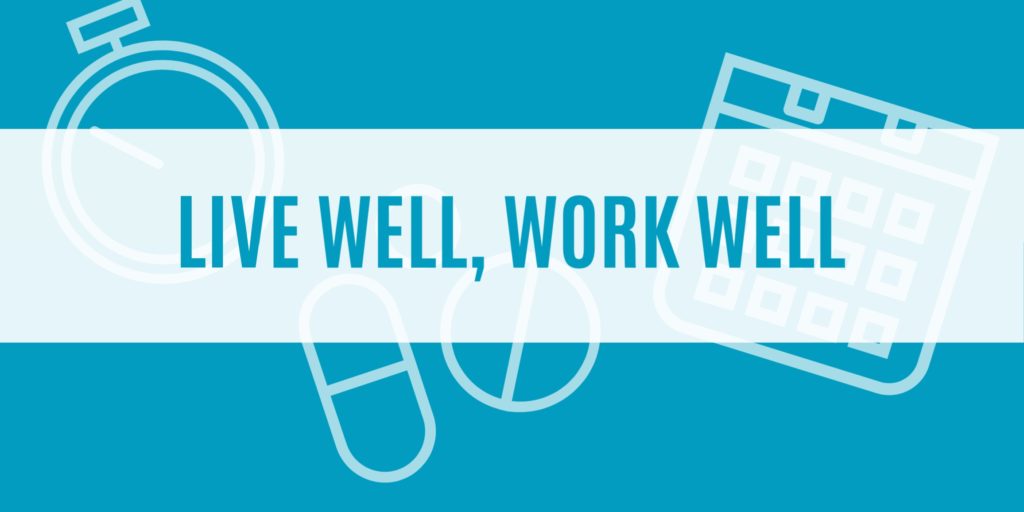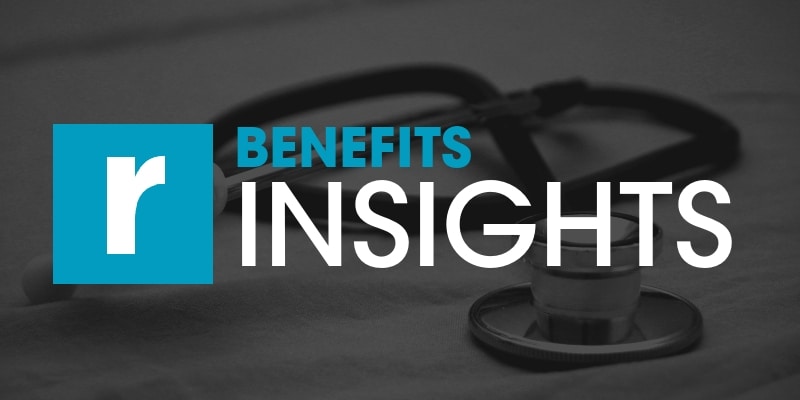25 Sep Flu Season and the COVID-19 Pandemic
 The arrival of the fall and winter months signals many things, including the beginning of flu season. According to the Centers for Disease Control and Prevention (CDC), flu activity peaks between December and February. This means that the COVID-19 pandemic isn’t the only public health concern as we approach the winter months.
The arrival of the fall and winter months signals many things, including the beginning of flu season. According to the Centers for Disease Control and Prevention (CDC), flu activity peaks between December and February. This means that the COVID-19 pandemic isn’t the only public health concern as we approach the winter months.
This combination has public health experts fearing a potential “twindemic” in surges of COVID-19 cases and another deadly flu season. As such, the CDC is urging the public to take action to avoid another deadly flu season and prevent further spread of COVID-19 cases.
09 Sep How to Support Employee Behavioral Health During the Pandemic
 Fear, worry, and stress are normal responses to perceived or real threats, or when faced with uncertainty. Understandably so, it is normal that people are experiencing worry or stress during the coronavirus pandemic.
Fear, worry, and stress are normal responses to perceived or real threats, or when faced with uncertainty. Understandably so, it is normal that people are experiencing worry or stress during the coronavirus pandemic.
The coronavirus pandemic has affected nearly every aspect of daily life. Americans are increasingly suffering from behavioral health issues during the pandemic, including mental health issues and substance abuse. This can have a disastrous impact on workplace productivity.
This article provides tips and considerations to help employers support their employees during this challenging time.
08 Sep Open Enrollment 2021—Benefit Notices
 Employers that sponsor group health plans should provide certain benefit notices in connection with their plans’ open enrollment periods. Some of these notices must be provided at open enrollment time, such as the summary of benefits and coverage (SBC).
Other notices, such as the Women’s Health and Cancer Rights Act (WHCRA) notice, must be distributed annually. Although these annual notices may be provided at different times throughout the year, employers often choose to include them in their open enrollment materials for administrative convenience.
Employers that sponsor group health plans should provide certain benefit notices in connection with their plans’ open enrollment periods. Some of these notices must be provided at open enrollment time, such as the summary of benefits and coverage (SBC).
Other notices, such as the Women’s Health and Cancer Rights Act (WHCRA) notice, must be distributed annually. Although these annual notices may be provided at different times throughout the year, employers often choose to include them in their open enrollment materials for administrative convenience.

